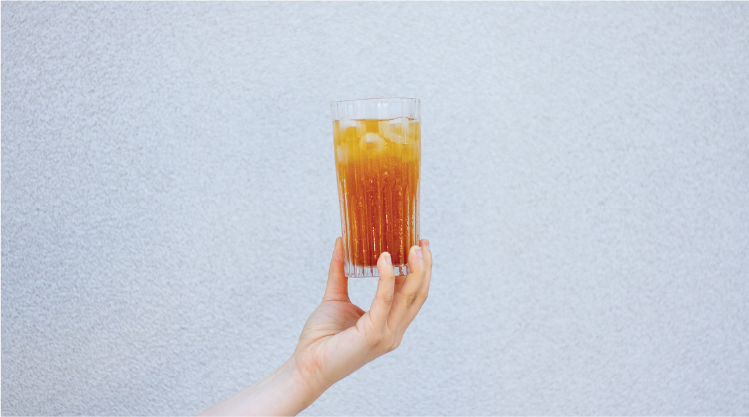
Cascara. What is it, and how do you brew it?
Cascara, meaning ‘skin’ or ‘husk’ in Spanish, has been brewed for centuries. But it is a relatively new thing in the world of specialty coffee. Brewed like tea, it is a sweet fruity drink that can be made hot or cold. The drink can also be referred to as coffee cherry tea or cascara coffee cherry tea.

Cascara is the coffee cherry that surrounds the coffee seed (coffee bean). Since it’s a cherry, it is neither coffee, tea or even herbal tea (as some think herbal tea should contain no caffeine) so it is called cascara, or coffee cherry tea. When looking to buy cascara, make sure not confuse it with Cascara Sagrada (rhamnus purshiana), which is occasionally sold as a tea and can be unsafe for some people.
How cascara is harvested
During the coffee harvesting process, the cherries are picked from the coffee plant and then pulped. This separates the skin and mucilage from the seed, which we call the coffee bean. The cascara is either discarded or reused as a fertiliser. If not, it is dried, and the dried husks are sent to be sold. This gives farmers another source of income and don’t worry, there is still plenty of the dried fruit to be used as fertiliser.

How to brew cascara
Cascara or coffee cherry tea, can be made hot or cold. When brewing it hot, add 3-4 grams per 200 ml of hot water, just off the boil, and steep for around 4 minutes. This will vary depending on the size of the pieces of cascara you have so experimenting with different brew times is a good idea.
For a cold brew, use about 6-7g per 200 ml of water and let steep in the fridge for 24hrs. Alternatively, you can make a hot brew, strain it, bring it to the boil, let it cool and put it in the fridge. By boiling it, you will find it lasts longer in the fridge. Either way, you will get a tasty, refreshing drink.
How it tastes
Cascara has a sweet taste and can have notes of hibiscus, prune, raspberry and raisin. The flavour will vary with the origin, varietal and process.
Caffeine content
While cascara contains caffeine, it is not in the amounts you will find in your daily cup of coffee. The amount of caffeine that is in a brew will depend on the ratio of cascara to water you use. Steeping time won’t have much of an effect. Generally, you will find that cascara has around 100 mg/L of caffeine while a coffee can have anywhere from 400-800 mg/L so at most about ¼ of what is in a coffee.
A talking point
Many people have still not heard of cascara, let alone taken the time to try it. This means it can be an interesting point of difference for a café. Introducing your customers to it can start conversations around coffee growing, harvesting and processing and how coffee farmers try to diversify their offerings.
Cascara Tonic (a tasty recipe)

At our espresso bar, we make a tasty Cascara Tonic that keeps us and our customers refreshed throughout the warm weather.
50g Cascara (Using the method of brewing then boiling above)
150g Tonic
90g Ice
Garnish of your choice
Conclusion
Cascara is still relatively unknown. Not only is it great for using a byproduct of coffee farming and coffee processing that can help farmers expand their income, it can be a great way to engage customers and expand the conversation around coffee and how amazing the coffee plant truly is.
